The murder of six Israeli hostages by Hamas in Gaza earlier this week led to an outpouring of grief and fury in Israel. For a considerable and vocal section of the public, the anger was directed — in a way perhaps surprising to outsiders — not against the Islamist group responsible for the murders, but against the Israeli government.
Large and stormy demonstrations took place in Tel Aviv and Jerusalem. The Histadrut, Israel’s trade union federation, organized a (partially observed) one-day general strike. The demonstrators’ demand was a simple one: a deal to release the ninety-seven remaining hostages now. At least thirty-three, by the way, and possibly more of the Israelis remaining in Gaza, are believed by the authorities to now be dead.
An increased risk to the hostages is implicit in the desire to destroy the Hamas power in Gaza
The demonstrators’ demand, and the government’s refusal to accede to it, reflect the core dynamic of the war in Gaza, which has been apparent from its outset. The current focus is on the future of the Philadelphi Corridor, a nine-mile wide strip at Gaza’s southern border. Israeli prime minister Benjamin Netanyahu insists on a continued Israeli presence on this territory. The demonstrators and those who lead them dismiss the cardinal importance of holding this area.
But the dispute over Philadelphi conceals a larger issue. Israeli accession on this point will open the way to the conclusion of a deal to end the war. According to the terms of the deal currently on the table, Israel will carry out a complete withdrawal of its forces from Gaza, including from the Netzarim and Philadelphi corridors, and from the buffer zone which it has been constructing along the border since the entry of Israeli ground forces into the strip in late October 2023. In return for this, and for the additional release of thousands of Palestinian prisoners — including individuals convicted of the murder of many civilians — Israel will secure the release of the remaining hostages over the three phases of the agreement.
This proposal, frankly and unmistakably, grants Hamas victory in the war that it began with the massacres of October 7 last year. It can’t really be spun any other way. The organization, having initiated the war, will have come through it intact as the de facto governing authority in Gaza. In addition, it will have secured the release of a generation of Palestinian fighters, both from its own ranks and from the ranks of other Palestinian movements. The price in blood will have been high. But the achievement will be clear.
Hamas and the Islamist regional alliance which stands behind it will present any such conclusion to hostilities as a triumphant vindication of its core thesis regarding Israel. According to this view, Israeli society is fragile and vulnerable to pressure. The correct approach is therefore to seek to bypass Israel’s formidable conventional defenses in order to strike directly at the civilian population. Through pressure exerted in this way, Israel can be forced into ongoing, incremental retreats, leading to its erosion and eventual strategic defeat and demise.
Netanyahu, it appears, is aware of this dynamic and doesn’t want to accede to it. The desire of those around the Israeli leader appears to be to continue operations in Gaza for another year or so, eroding and eventually destroying Hamas’s remaining authority in the strip. The intended outcome of the war will be that the Islamist de facto governing authority in the strip ceases to exist. The big picture of the war will then be that Hamas launched a war on October 7, 2023 and, as a result, was removed from the map. Following the achievement of this goal, attention would then turn to building and equipping a military force capable of taking on and destroying the Hezbollah-controlled entity in Lebanon, which is the second, much stronger example of de facto Iran-supported Islamist governance in the Levant.
Those protesting in favor of the ceasefire deal in Israel dismiss such arguments. Their stance is that Netanyahu is, in fact, motivated only by thoughts of his own political survival. Regarding the issue of the war’s outcome, they tend to assert that the willingness to pay a huge price to bring back hostages reflects a high level of social solidarity in Israel, and as such is a strength, rather than a weakness.
Behind these (I think) not very convincing arguments there is something more visceral: namely, a horror at the suffering being endured by the Israeli innocents taken on October 7, and a desperate desire for this to end, regardless of the short- or long-term cost. This, of course, is precisely the emotion which the taking and subsequent murder of hostages was supposed to elicit.
It has to be acknowledged that an increased risk to the hostages is implicit in the desire to destroy Hamas’s power in Gaza. The six people murdered this week were killed, it appears, because Israeli forces were close to their place of confinement. Qaid Farhan al-Qadi, the Arab Israeli rescued after being found in the tunnels a week earlier, appears to have been held in similar circumstances, abandoned in a booby-trapped room after his captors fled. As Hamas’s infrastructure of control erodes, so its ability to securely hold captives becomes similarly complicated and lessened. The organization, as its spokesman Abu Obaida confirmed this week, has elected to respond to this emerging reality with a decision to execute captives rather than see them rescued.
From the very start, it has been obvious that the goal of ending Hamas rule in Gaza, and the objective of freeing the Israeli hostages were contradictory. The hostages were taken precisely and specifically to frustrate Hamas’s destruction. At the current point in the war, this reality can no longer be blurred.
Regarding the option of accepting the ceasefire deal as is, it is worth remembering that the road to October 7 was paved by an identical deal, though on a smaller scale. Recollection of that deal and its results are the strongest argument against repeating it on a larger scale. Netanyahu and his supporters don’t and can’t assert that argument, though, because the deal took place on Netanyahu’s watch and at his instigation.
The deal in question was the release of 1,027 convicted Palestinian terrorists in return for one kidnapped IDF soldier, Gilad Shalit, in 2011. This took place against the background of an impassioned and emotional public campaign, reminiscent of the current demonstrations. In it, Yahya Sinwar, mastermind and instigator of October 7 and commander of Hamas in the current war, was released.
We should be cautious of prediction in our region. But I have no doubt that the intention, at least, of the Hamas leadership is that just as October 7 followed the Shalit deal, so the successful conclusion of the hostage deal currently on offer will be followed within a few years by a united Arab Muslim military uprising west of the Jordan River, under Islamist leadership, with the intention of bringing about Israel’s demise. These are the current stakes.
This article was originally published on The Spectator’s UK website.



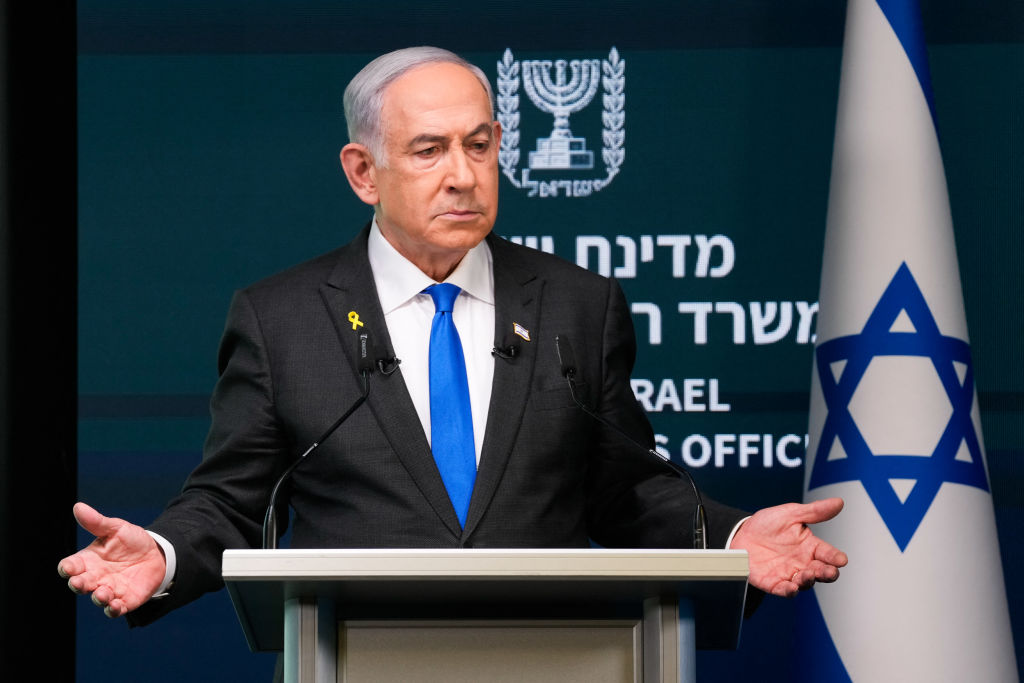






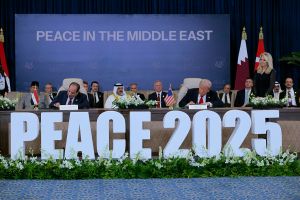

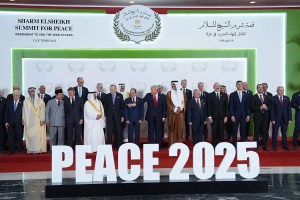

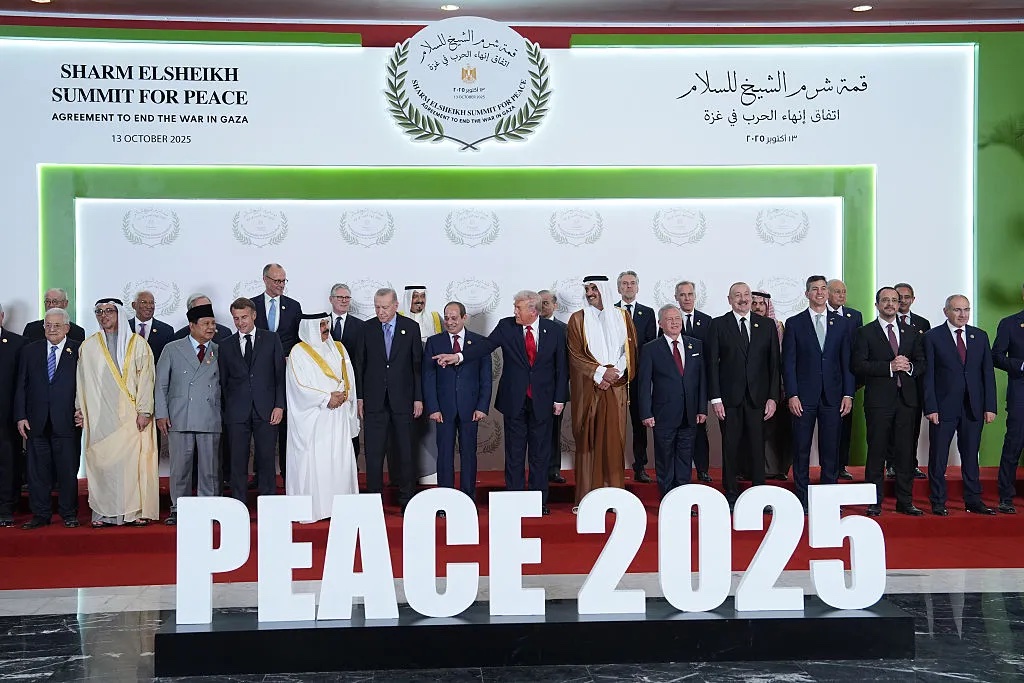
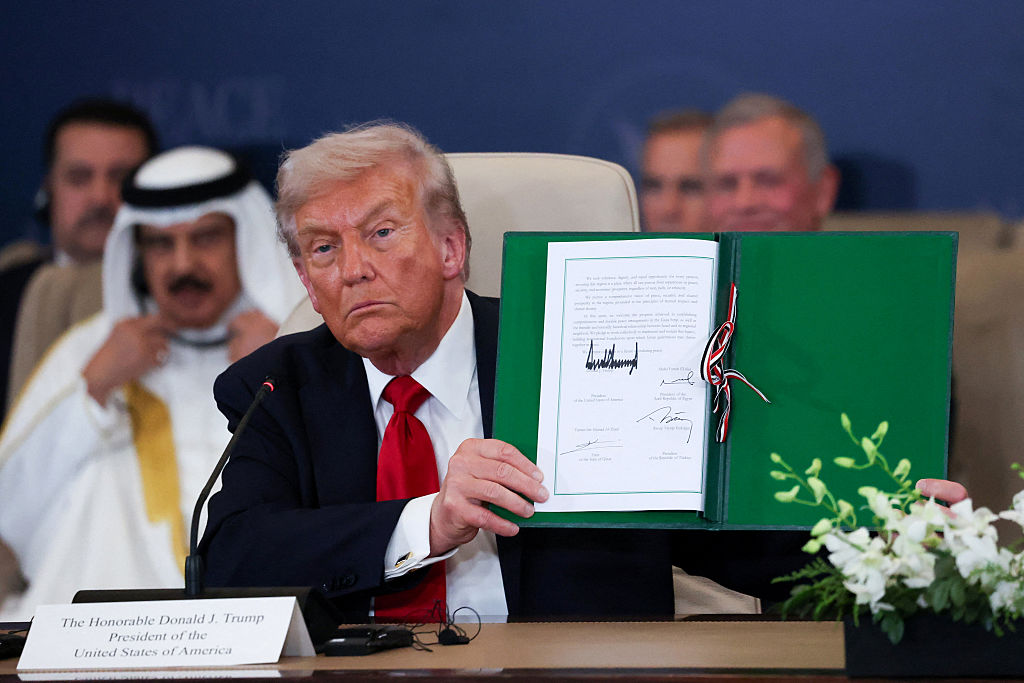
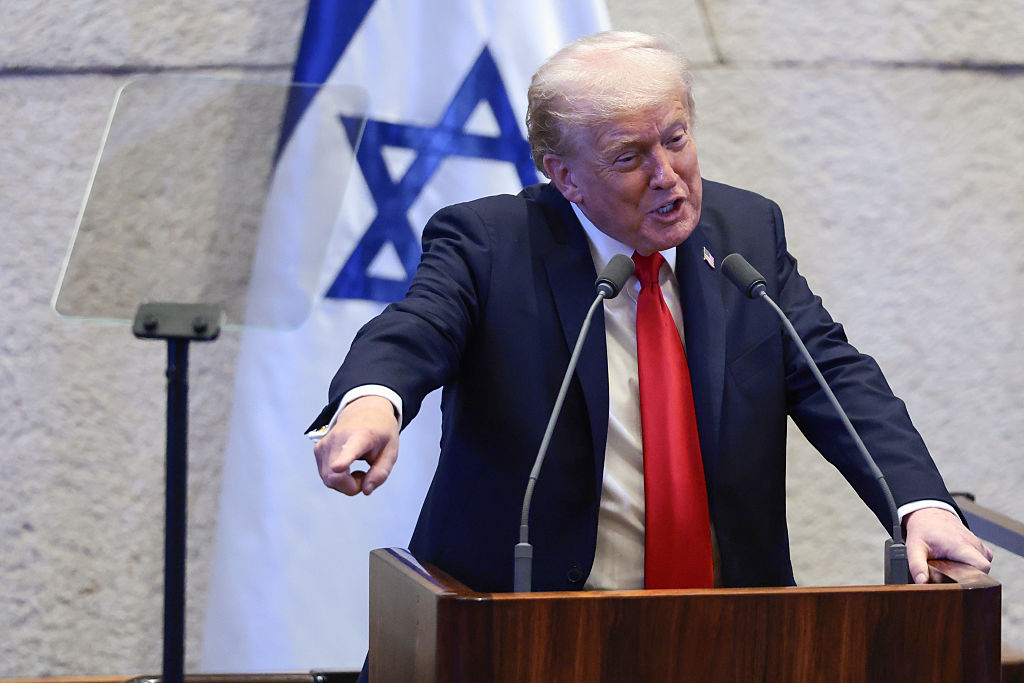

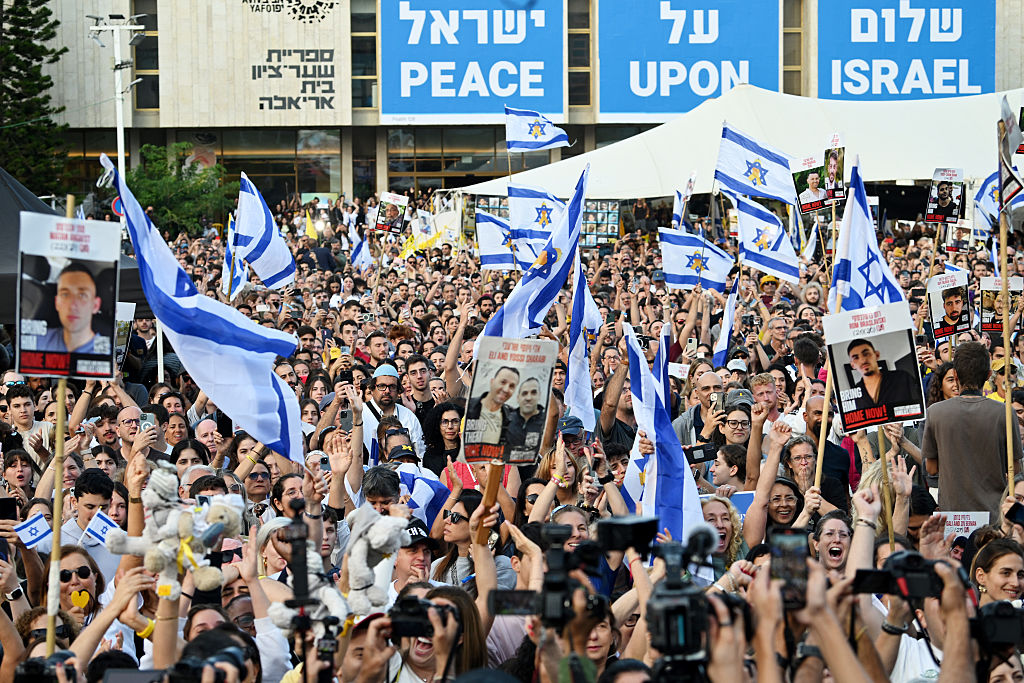







Leave a Reply